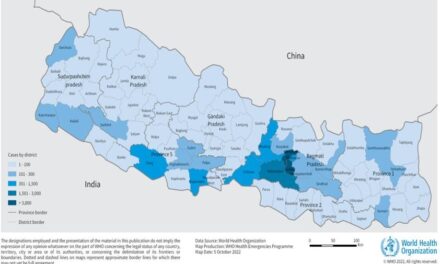JYVÄSKYLÄ, FINLAND – In the quest for a longer life, hitting the gym harder or running longer distances might not be the answer, according to surprising new research from the University of Jyväskylä. A comprehensive 30-year study involving over 22,000 twins suggests that moderate physical activity provides the most significant boost to longevity, while high levels of exertion offer no additional mortality benefits and may even accelerate biological aging.
The study, published in the European Journal of Epidemiology, found that individuals classified as moderately active had a 7% lower risk of mortality over the three-decade follow-up period compared to their sedentary counterparts. Intriguingly, those engaging in higher levels of physical activity did not see a further decrease in mortality risk.
Led by postdoctoral researcher Anna Kankaanpää at the Gerontology Research Center (GEREC), the research team analyzed data from Finnish twins born before 1958. Participants reported their leisure-time physical activity levels in 1975, 1981, and 1990, allowing researchers to categorize them into sedentary, moderately active, active, and highly active groups based on metabolic equivalents expended. Mortality data was tracked until 2020.
“We aimed to understand how long-term physical activity influences not just mortality, but also biological aging measured through epigenetic ‘clocks’,” explained Kankaanpää.
The study also challenged the direct mortality benefits often associated with standard exercise guidelines. When comparing twin pairs where one sibling met the World Health Organization’s recommendations (150-300 minutes of moderate or 75-150 minutes of vigorous activity per week) for 15 years and the other did not, researchers found no significant difference in their mortality rates or risk for genetic cardiovascular diseases.
“Despite accounting for various sources of biases and using a long follow-up period, we could not confirm that adhering to physical activity guidelines causally reduces mortality or mitigates genetic cardiovascular disease risk,” stated study co-author Laura Joensuu, also a postdoctoral researcher at GEREC. Researchers suggest previous observational studies showing strong links might be influenced by biases, where healthier individuals are simply more likely to be active.
Perhaps the most unexpected finding came from a subset of twins whose biological age was assessed using DNA methylation analysis (epigenetic clocks). The results showed a U-shaped curve: both the least active (sedentary) and the most active (highly active) groups were biologically older than the moderately active group.
“Biological aging was accelerated in those who exercised the least and the most,” noted Professor Elina Sillanpää, the study’s corresponding author. After adjusting for lifestyle factors, the highly active group was found to be, on average, 1.2 years biologically older than the moderately active group and 1.6 years older than the active group. This suggests that biological age, as measured by these clocks, may not be the direct mechanism linking moderate activity to reduced mortality.
The researchers acknowledge limitations inherent in observational studies, including the influence of other lifestyle factors like smoking or diet. Furthermore, “an underlying pre-disease state can limit physical activity and ultimately lead to death, not the lack of exercise itself,” Sillanpää cautioned, highlighting the complexity of interpreting these associations.
Ultimately, the Finnish twin study suggests that the relationship between exercise and longevity is intricate. While moderate activity appears beneficial, the advantages don’t necessarily increase with intensity. The findings imply that an overall healthy lifestyle, rather than just high levels of physical activity alone, may play a more critical role in promoting both longevity and slower biological aging.
Disclaimer: This news article is based on information from a specific study published in the European Journal of Epidemiology. Findings from a single study should be interpreted with caution. Health decisions should be made in consultation with qualified healthcare professionals who can consider individual health status and needs. This study highlights associations and potential complexities, and further research is needed to fully understand the causal relationships between exercise intensity, biological aging, and mortality.












